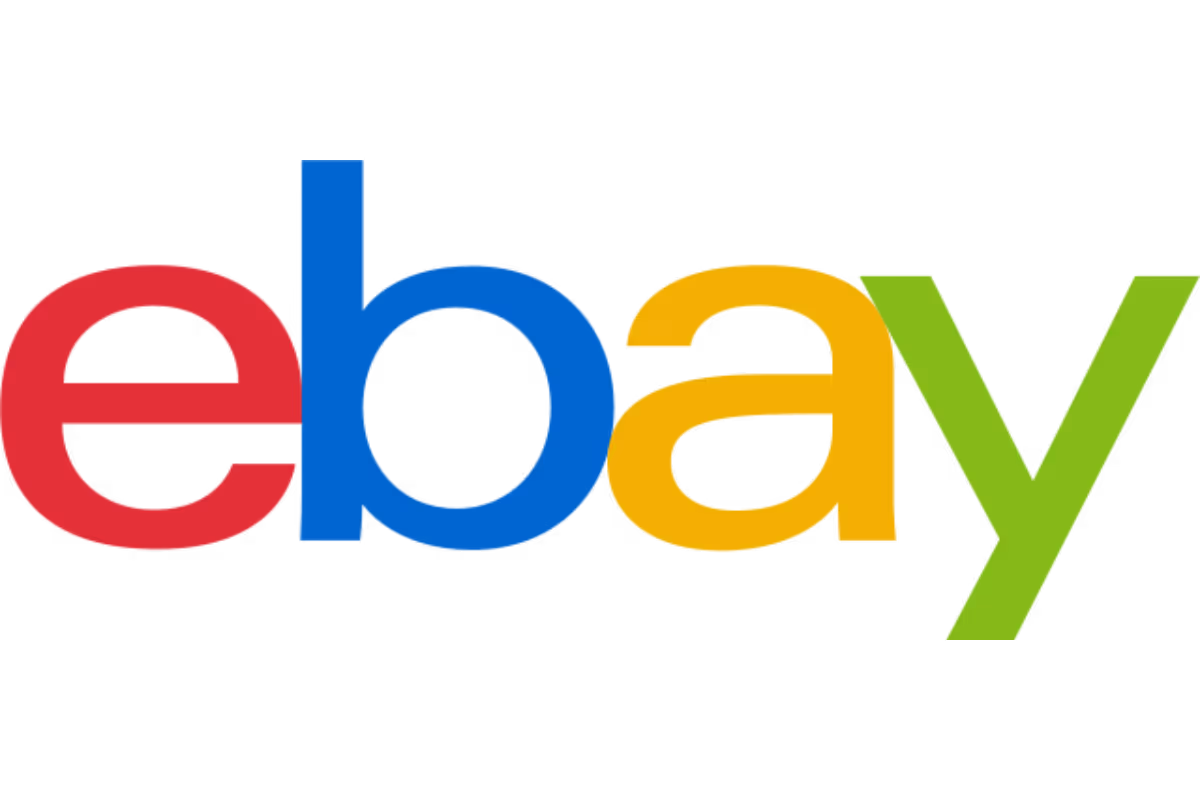Aligning talent
with opportunity
We are the communication, policy, and advocacy headhunters. An employee-owned boutique search firm, recruiting the most senior communication leaders and all who report to them.
Expertise Across Five Practices
At Ellwood Atfield, our work is guided by a commitment to connect talented professionals with opportunities that matter. Our expertise is organised into five practices: Executive Search, Agency, Corporate & Regulatory, Membership, and Health & Not-for-Profit.
Each practice is staffed by a dedicated team of consultants who understand the unique challenges and opportunities within their sectors. Whether you’re looking for strategic leadership, recruitment support, or specialised roles within communications, policy, or advocacy, our practices are designed to provide you with the tailored support and insights you need.
The numbers talk
Just like people, every job vacancy is unique, and we treat them as such. We understand that the perfect candidate is made up of various attributes - skills, experience, knowledge, behaviours, value alignment, and aptitude.
Our process involves working closely with you to understand your specific needs and timelines, ensuring that the best-suited members of our team are assigned to your brief.
Equity, Diversity, and Inclusion (ED&I) are at the heart of everything we do, beginning with our own diverse team. At Ellwood Atfield, every individual is committed to promoting diversity. We are passionate about delivering fair and inclusive shortlists.
Our culture, values, and methodologies ensure that our assessment and selection process highlights the very best candidates, regardless of background. Working closely with clients, we create a bespoke process tailored to your needs, using techniques like anonymised profiles, specific reporting, and targeted headhunting and advertising.

We value repeat business, it reflects the trust and satisfaction our clients have in our services. It demonstrates that we consistently deliver quality results, fostering long-term relationships that benefits our clients, our candidates, and our firm.
Gaining deeper insights into our customer’s needs enables us to serve them even more effectively over time. This mutual loyalty not only drives growth but also enhances our reputation as a trusted partner in the industry.

We’ve been a team of headhunters dedicated to recruiting communications, policy and advocacy professionals since the company was founded in 2002. We set out to create a hand-picked team of talented consultants to find and attract excellent candidates and recruit for the most exciting jobs.
Our promise remains the same today as it was then, to connect talented people, smoothly and efficiently.
Our purpose has always been to create important and enduring relationships.

Clients to be proud of







































































































